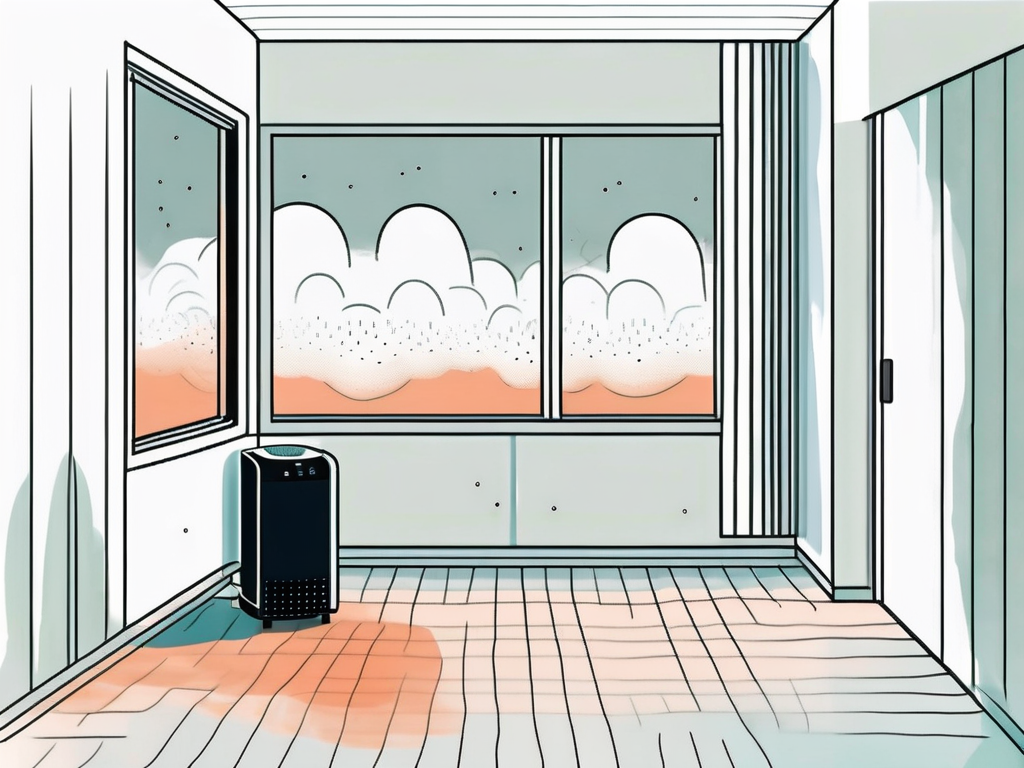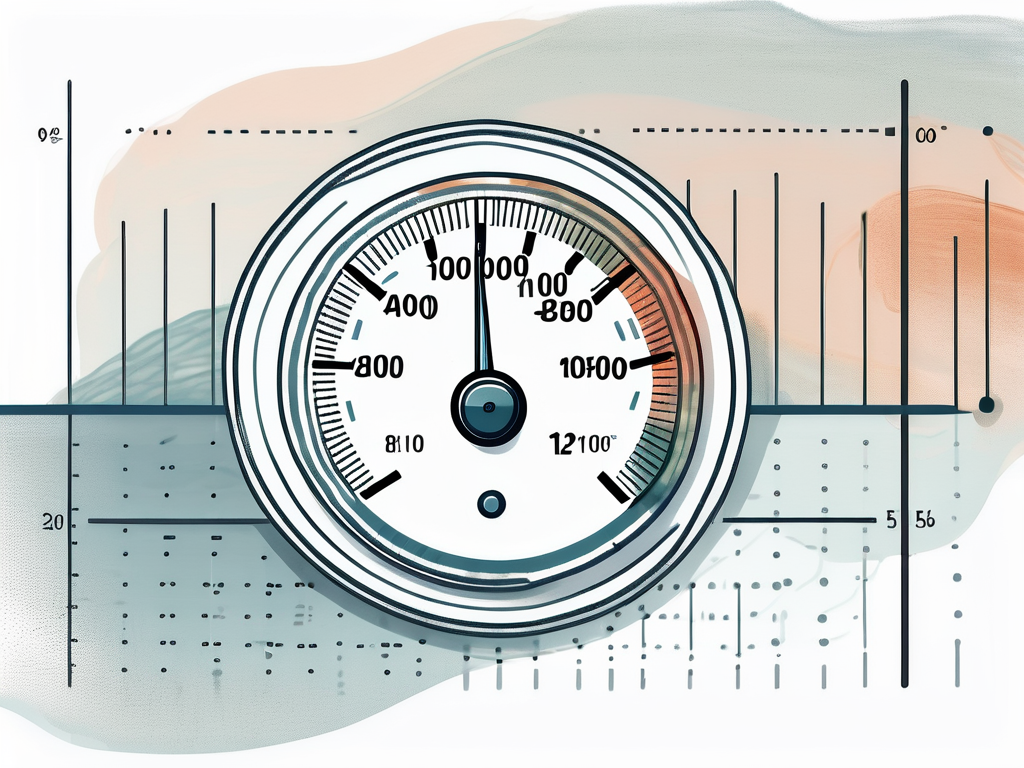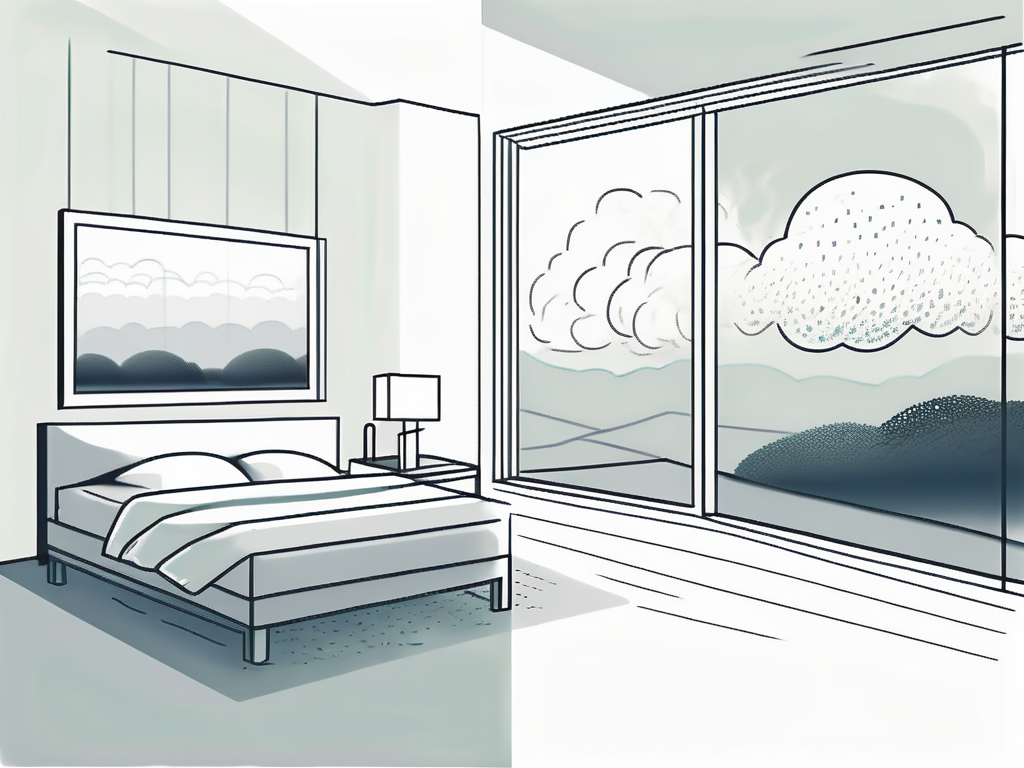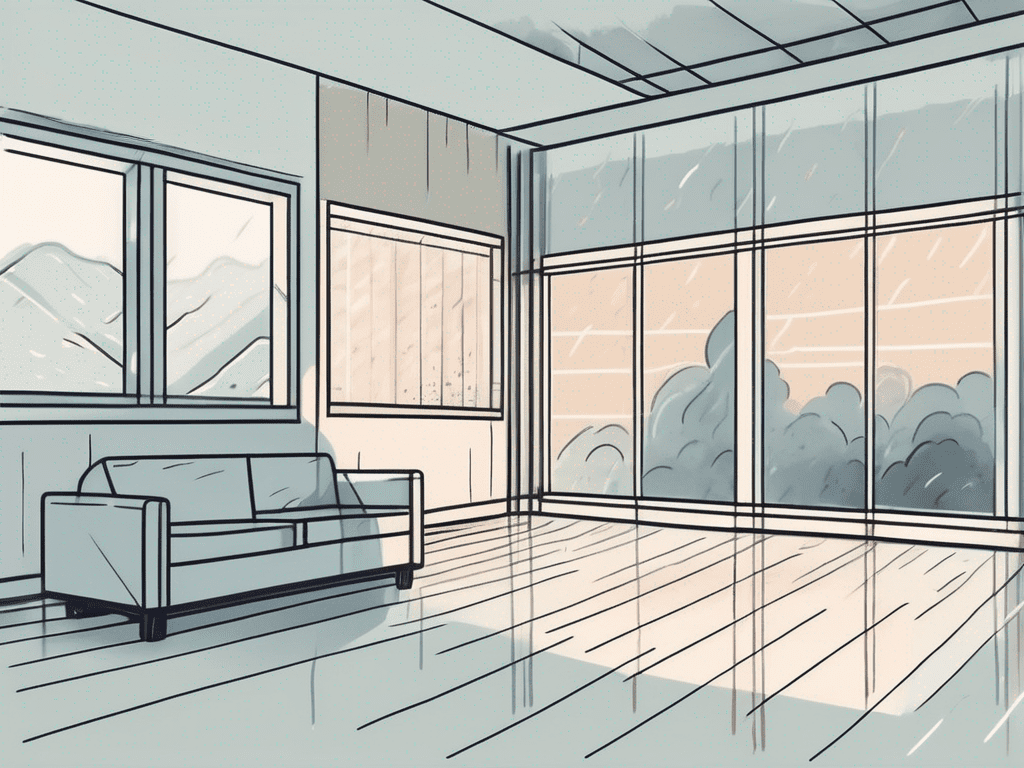Humidity control is a crucial aspect of maintaining the right environmental conditions in various settings, from homes to industrial facilities. One of the key concepts in humidity control is the saturation point, which refers to the maximum amount of water vapor that air can hold at a given temperature. This article provides a comprehensive explanation of the saturation point and its role in humidity control.
Understanding the saturation point is essential for effective humidity control. When the air reaches its saturation point, it cannot hold any more water vapor. This condition can lead to condensation, which can cause various problems, such as mold growth and structural damage. Therefore, understanding and managing the saturation point is critical in humidity control.
Understanding Saturation Point
The saturation point is a fundamental concept in the study of humidity and atmospheric science. It refers to the maximum amount of water vapor that air can hold at a specific temperature. Beyond this point, any additional water vapor will condense into liquid water.
The saturation point is not a fixed value. It varies with temperature: the higher the temperature, the more water vapor the air can hold, and vice versa. Therefore, the saturation point is higher in hot weather and lower in cold weather. This relationship between temperature and the saturation point is a key factor in weather phenomena such as rain, fog, and dew.
The Role of Temperature
Temperature plays a crucial role in determining the saturation point. As the temperature increases, the air’s capacity to hold water vapor also increases. This is because the higher kinetic energy at higher temperatures allows more water molecules to evaporate and stay in the gaseous state.
On the other hand, when the temperature decreases, the air’s capacity to hold water vapor decreases. The lower kinetic energy at lower temperatures causes more water molecules to condense from the gaseous state to the liquid state. This is why dew often forms on cool surfaces during the night when the temperature drops.
Relative Humidity and Saturation Point
Relative humidity is another important concept related to the saturation point. It is the ratio of the current amount of water vapor in the air to the maximum amount of water vapor the air could hold at the same temperature, expressed as a percentage. When the relative humidity is 100%, the air has reached its saturation point.
Relative humidity gives a measure of how close the air is to reaching its saturation point. For example, if the relative humidity is 50%, the air is holding half the amount of water vapor it could hold at the current temperature. If the relative humidity is 80%, the air is holding 80% of the maximum amount of water vapor it could hold at the current temperature.
Implications of Reaching the Saturation Point
When the air reaches its saturation point, it has implications for both the indoor and outdoor environments. In the outdoors, reaching the saturation point can lead to the formation of clouds, fog, dew, or precipitation. In the indoors, it can lead to condensation on surfaces, which can cause various problems.

Condensation can lead to dampness, which can cause mold growth. Mold can cause health problems, especially for people with allergies or asthma. It can also cause structural damage to buildings. Therefore, it is important to prevent the air from reaching its saturation point in indoor environments.
Humidity Control in Indoor Environments
Humidity control in indoor environments involves managing the amount of water vapor in the air to prevent it from reaching its saturation point. This can be achieved through various methods, such as ventilation, dehumidification, and air conditioning.
Ventilation involves exchanging indoor air with outdoor air to reduce the amount of water vapor in the indoor air. Dehumidification involves removing water vapor from the air. Air conditioning involves cooling the air, which reduces its capacity to hold water vapor and causes excess water vapor to condense out of the air.
Humidity Control in Outdoor Environments
In outdoor environments, the saturation point plays a role in weather phenomena. When the air reaches its saturation point, clouds, fog, dew, or precipitation can form. These phenomena can affect various activities, such as agriculture, construction, and transportation.
While it is not possible to control the saturation point in outdoor environments, understanding it can help in predicting and responding to weather conditions. For example, knowing that the air is close to its saturation point can help in predicting the likelihood of rain. Similarly, knowing that the air has reached its saturation point can help in taking measures to prevent condensation-related problems in outdoor structures.
Measuring the Saturation Point
The saturation point can be measured indirectly through measurements of temperature and relative humidity. By knowing the temperature and the relative humidity, one can calculate the current amount of water vapor in the air and compare it with the maximum amount of water vapor the air could hold at the same temperature.

Various instruments can be used to measure temperature and relative humidity, such as thermometers and hygrometers. These measurements can be used in various applications, such as weather forecasting, climate research, building design, and humidity control in indoor environments.
Thermometers
Thermometers are instruments used to measure temperature. They work on various principles, such as the expansion of liquids with temperature, the change in electrical resistance with temperature, and the emission of infrared radiation with temperature. By measuring the temperature, one can determine the maximum amount of water vapor the air could hold at that temperature.
There are various types of thermometers, such as liquid-in-glass thermometers, resistance thermometers, and infrared thermometers. Each type has its advantages and disadvantages, and the choice of thermometer depends on the specific application.
Hygrometers
Hygrometers are instruments used to measure relative humidity. They work on various principles, such as the change in length of a hair or a piece of paper with humidity, the change in electrical capacitance with humidity, and the cooling effect of evaporation. By measuring the relative humidity, one can determine the current amount of water vapor in the air.
There are various types of hygrometers, such as hair hygrometers, capacitive hygrometers, and psychrometers. Each type has its advantages and disadvantages, and the choice of hygrometer depends on the specific application.
Conclusion
The saturation point is a key concept in humidity control. It refers to the maximum amount of water vapor that air can hold at a given temperature. Understanding the saturation point is essential for effective humidity control, as it helps in preventing problems related to condensation, such as mold growth and structural damage.

Humidity control involves managing the amount of water vapor in the air to prevent it from reaching its saturation point. This can be achieved through various methods, such as ventilation, dehumidification, and air conditioning. The saturation point can be measured indirectly through measurements of temperature and relative humidity, which can be used in various applications, such as weather forecasting, climate research, building design, and humidity control in indoor environments.



